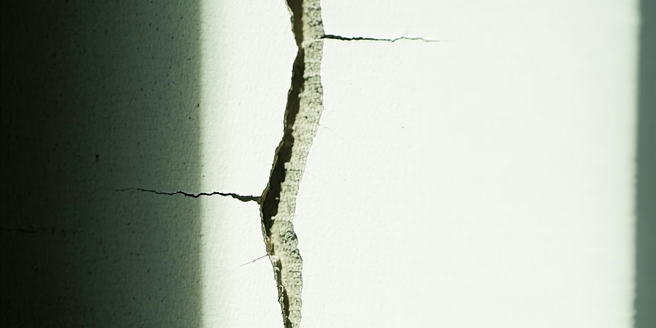Foundation Repair Options Explained

Understanding the Signs of Foundation Issues
Recognizing the signs of foundation problems early can save you significant time and money. Common indicators include cracks in the drywall, uneven floors, and doors or windows that stick or don’t close properly. You might also notice gaps around window frames or exterior walls. Water pooling around your foundation, or persistent dampness in the basement, can exacerbate these issues. Look for tilting chimneys or separation at the corners of your home as well. It’s crucial to monitor these symptoms because they can signal underlying structural problems. Understanding the cause of these issues, such as soil settling, poor drainage, or invasive tree roots, allows for a more targeted and effective repair approach. Early detection and intervention can prevent minor issues from evolving into major, costly repairs.
Evaluating Different Repair Methods
When it comes to repairing foundation issues, there are several methods to consider, each with varying effectiveness and cost implications. Common techniques include piering, underpinning, and slab jacking, all designed to stabilize and support the foundation. Piering involves driving steel posts into stable soil, which is effective for homes in unstable conditions. Underpinning, typically used for larger buildings, extends the foundation’s depth or breadth to provide additional support. Slab jacking is ideal for correcting subsidence in concrete slabs by injecting grout beneath the slab to raise it. Evaluating these methods requires understanding the specific foundation issues your home faces and consulting with a knowledgeable contractor who can recommend the best solution for your unique situation, ensuring long-term stability and safety for your home.
Piering and Underpinning Solutions
Piering and underpinning are two robust solutions for handling serious foundation problems. Piering, or piling, involves embedding long steel columns into stable, load-bearing soil or bedrock beneath your home. This method is effective in areas with unstable soil conditions. It transfers the home’s weight to more secure layers, which ensures the foundation’s stability over time. Underpinning, on the other hand, is more common in scenarios requiring the strengthening of an existing foundation. This might involve enlarging the current footing or adding supportive piers underneath it. Used often in commercial buildings, underpinning stabilizes and increases the depth or width of a foundation, providing long-term solutions. Both techniques require skilled professionals to assess, plan, and execute, ensuring the integrity and safety of the building structure.
Slab Jacking and Mudjacking Techniques
Slab jacking and mudjacking are effective techniques used to level and support concrete surfaces that have sunk or tilted due to soil movement or compaction. Slab jacking involves drilling small holes in the concrete slab and pumping a mixture of sand, cement, and other materials underneath, effectively lifting the slab to its original position. Mudjacking, a similar process, uses a sludge-like mixture, or ‘mud,’ to achieve the same result. These techniques are popular for correcting uneven driveways, sidewalks, and porches. They offer a cost-effective alternative to complete slab replacement and are valued for their quick execution and minimal disruption. Both methods require a skilled technician to ensure precise application and optimal results, restoring the structural integrity without the need for extensive excavation or downtime.
Cost Considerations and Choosing a Contractor
Navigating the costs associated with foundation repair can be daunting, but understanding the financial aspects and choosing the right contractor are key steps. Repair costs vary based on the extent of the damage, chosen repair method, and local labor rates. While some minor issues can be addressed for a few hundred dollars, more extensive repairs may run into thousands. It’s imperative to seek multiple estimates from reputable contractors, ensuring they include a detailed breakdown of costs. Beyond price, evaluate contractors based on their experience, expertise, and previous client testimonials. A reliable contractor will conduct a thorough assessment, provide honest advice, and offer a warranty for their work. Investing in a qualified professional ensures the repair is done correctly, safeguarding your home’s value and structural integrity.